Roy Morris Jr.
Among the thousands of American soldiers slogging through the miserable winter of 1944 in southern Italy after the Allied landing at Anzio were two GIs who existed only on paper, but who became as real to their readers as the mud-covered, K-ration-eating guys sitting next to them in their foxholes. Willie and Joe, the sad-faced, war-weary creations of soldier-cartoonist Bill Mauldin, first appeared together on the pages of Stars and Stripes, the Army’s daily newspaper, in late February 1944, two months after their real-life comrades came ashore at Anzio. They were an immediate hit, striking a chord of rueful self-recognition with readers, who saw in the unshaven pair of reluctant warriors an accurate and unsentimental depiction of a soldier’s life at the front in the third long year of America’s war.
Their creator, a 22-year-old lefthander from the mountains of New Mexico, based Willie and Joe on his fellow southwesterners in Company K, 180th Infantry Regiment, 45th Division. “These guys were based on these Oklahomans I knew,” Mauldin said later. “People like that really make ideal infantry soldiers. They’re not happy doing what they’re doing, but they’re not totally fish out of water, either. They know how to walk in the mud and how to shoot. It’s a southwestern sort of trait, really. Don’t take any crap off anybody.”
Sharp-nosed Willie (modeled on Mauldin’s hard-drinking father, Pop) and pug-nosed Joe (Mauldin himself) were virtually indistinguishable from their fellow soldiers. That was by design. Their undifferentiated anonymity reflected the impersonal quality of the combat infantryman’s life (and death) and made them easier for other soldiers to identify with. Whether Willie and Joe were dodging shells, taking a quick bath in a mud hole, or merely trudging forward, one step at a time, they were the true expression of a particularly American vision of war as something to be endured—and won—but never glorified. The pair suffered rain, pain, fear, boredom, fleas, hunger, thirst, and, not least of all, self-important, rear-echelon officers. “He’s right, Joe,” says Willie in one cartoon after a spit-and-polish officer criticizes their slovenly dress. “When we ain’t fightin’ we should ack like sojers.”
An Enlisted Man’s Cartoon
Willie and Joe struck a universal chord with real-life soldiers because there was no fakery to them, and no false bravado. Offered a medal by the company medic, slightly wounded Willie shrugs: “Just give me the aspirin. I already got a Purple Heart.” Mauldin received his own reluctant Purple Heart after being struck in the shoulder by a piece of German shrapnel in the mountains above Venafro, Italy. Characteristically, he tried to give it back. “I had been cut worse sneaking through barbed-wire fences in New Mexico,” he said.
Enlisted men loved Willie and Joe, but one high-ranking general emphatically did not. General George S. Patton, Jr., commander of the Third Army, groused about “Mauldin’s scurrilous attempts to undermine military discipline.” In a face-to-face meeting with the unrepentant cartoonist in Paris, Patton complained that Mauldin was making his soldiers “look like goddamn bums.” Mauldin, supported by the less stuffy generals Dwight Eisenhower and Mark Clark, held his ground, arguing that the cartoons allowed the men in the ranks to let off steam.
Mauldin always intended to kill off his wildly popular characters on the last day of the war, but he was overruled by his editors at Stars and Stripes, who felt that such a fate, while all too true to life, would have been a cruel blow to American morale. Mauldin was unconvinced. “I should have killed them,” he said later. “The dogfaces they were based on were dead anyway, why not kill them?” Instead, Willie and Joe survived the war, shaved off their famous beards, and went home to their unremarkable peacetime lives—just like the millions of other GIs.
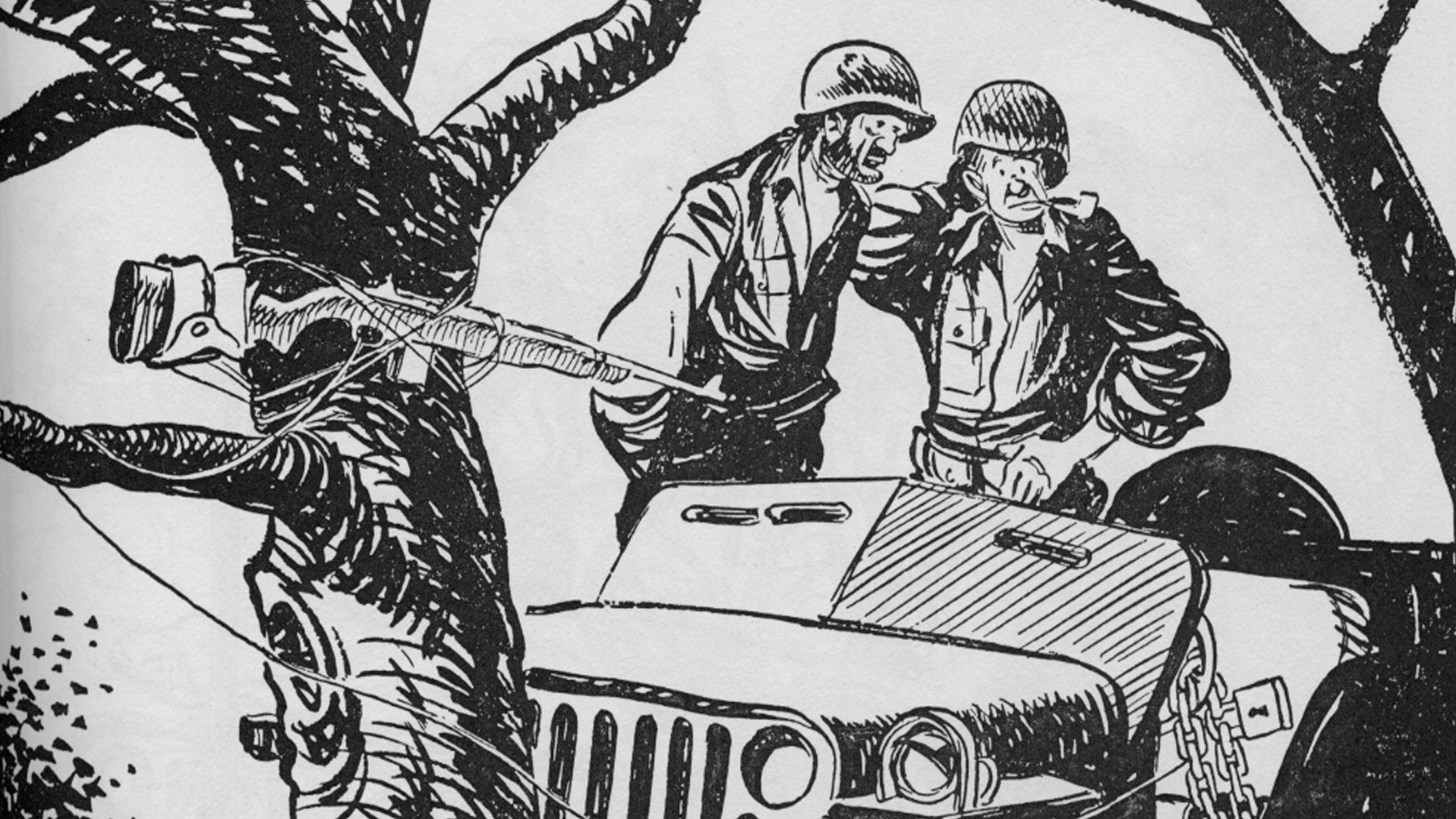
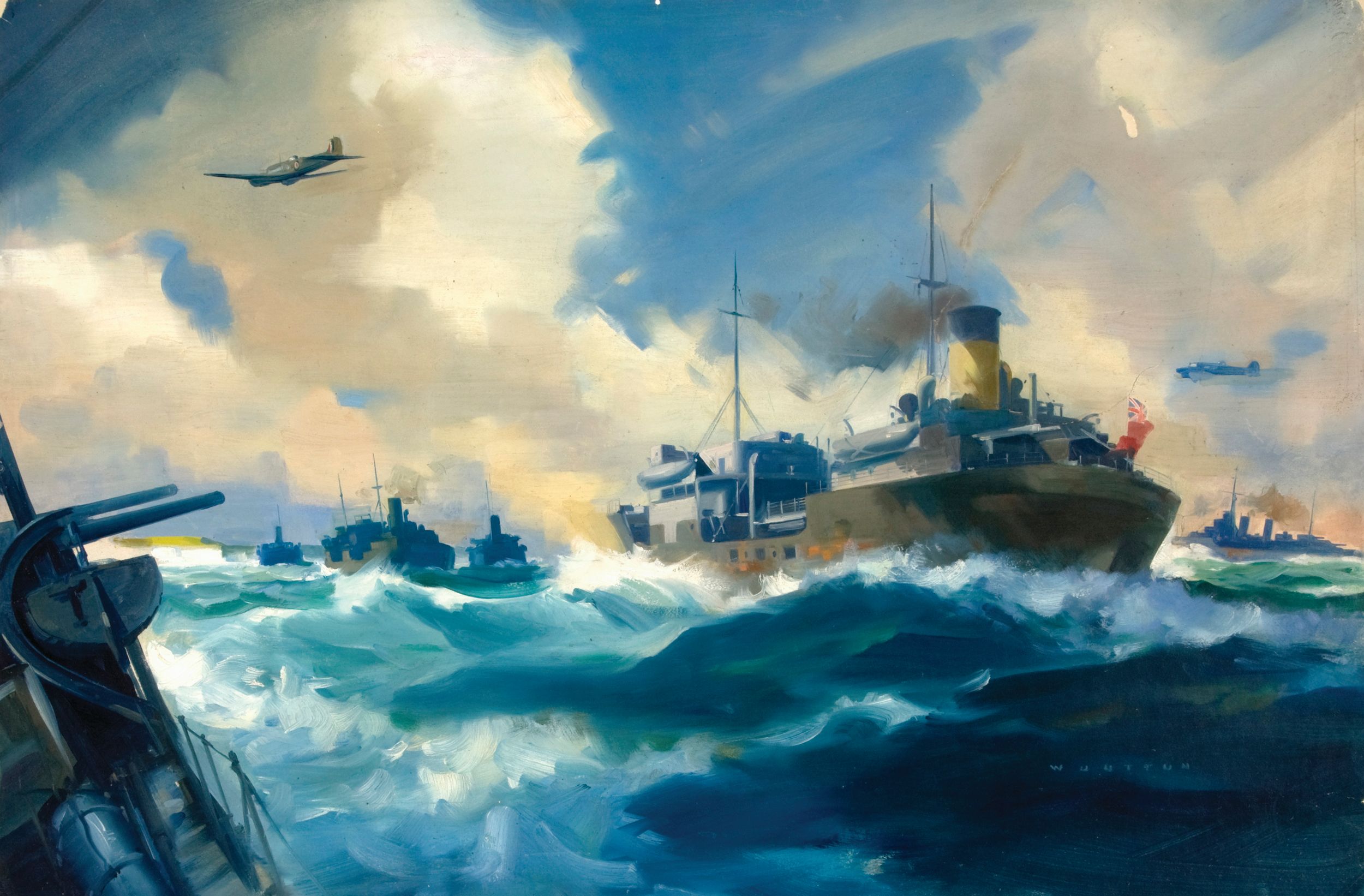
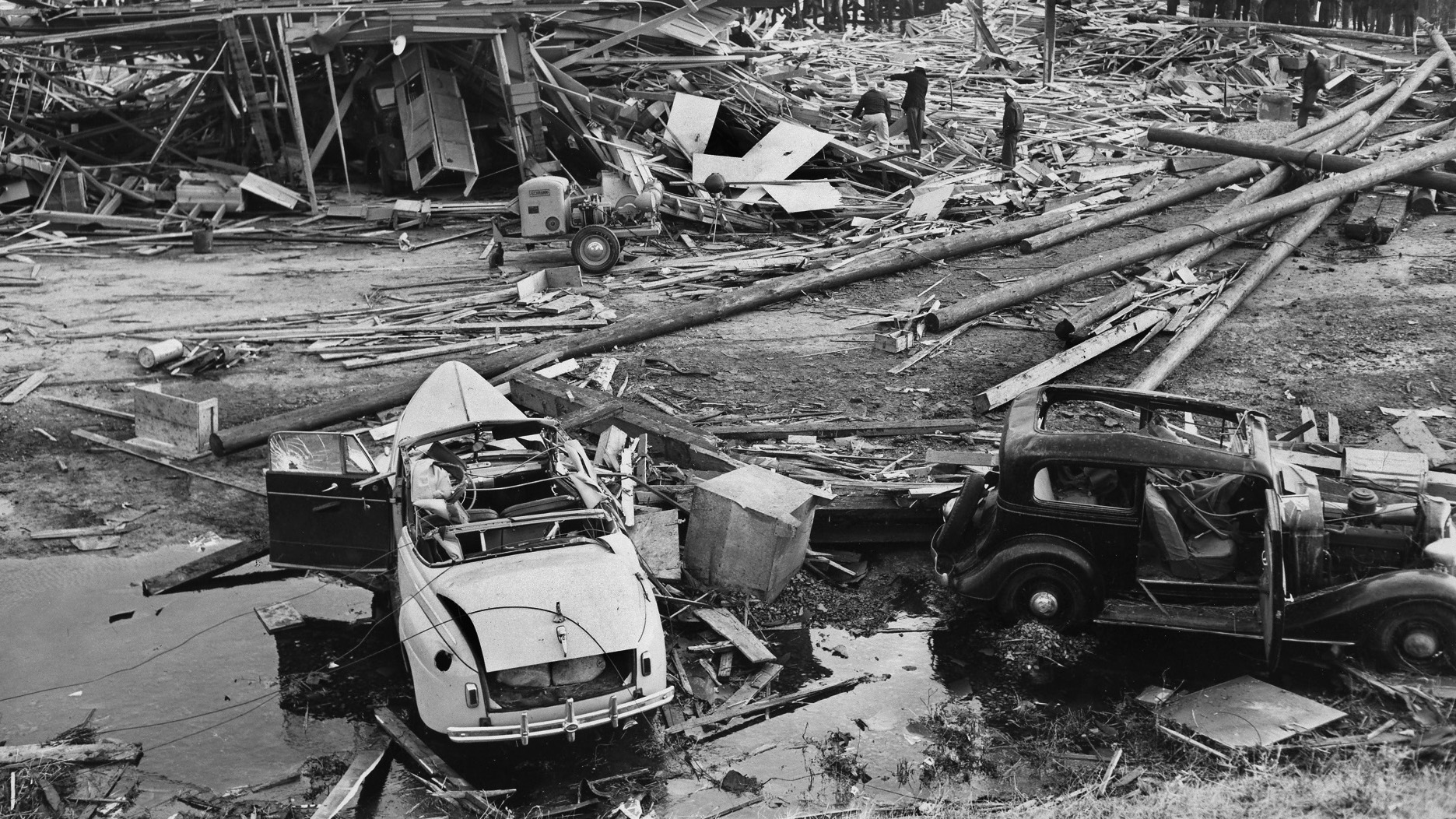
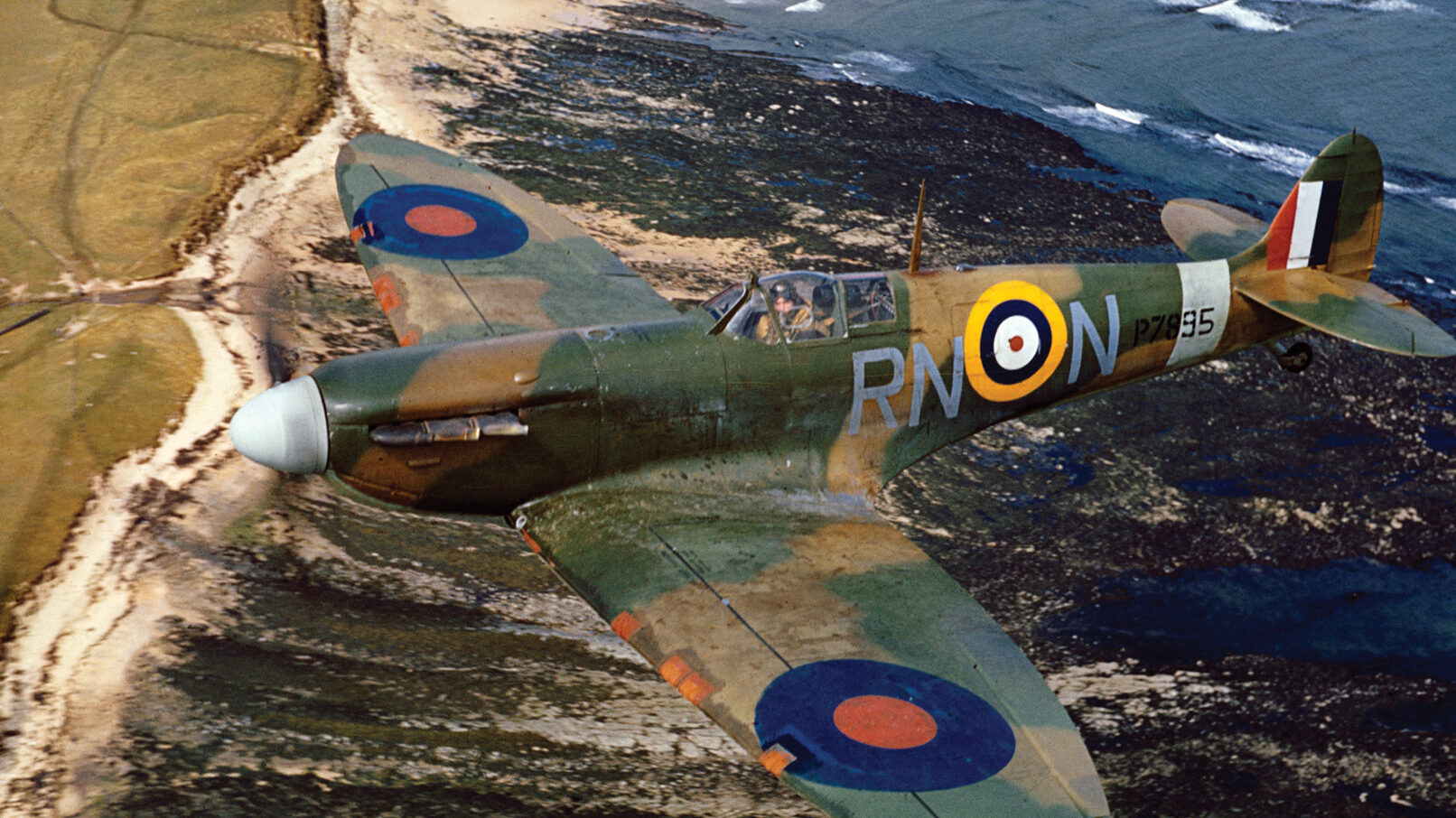
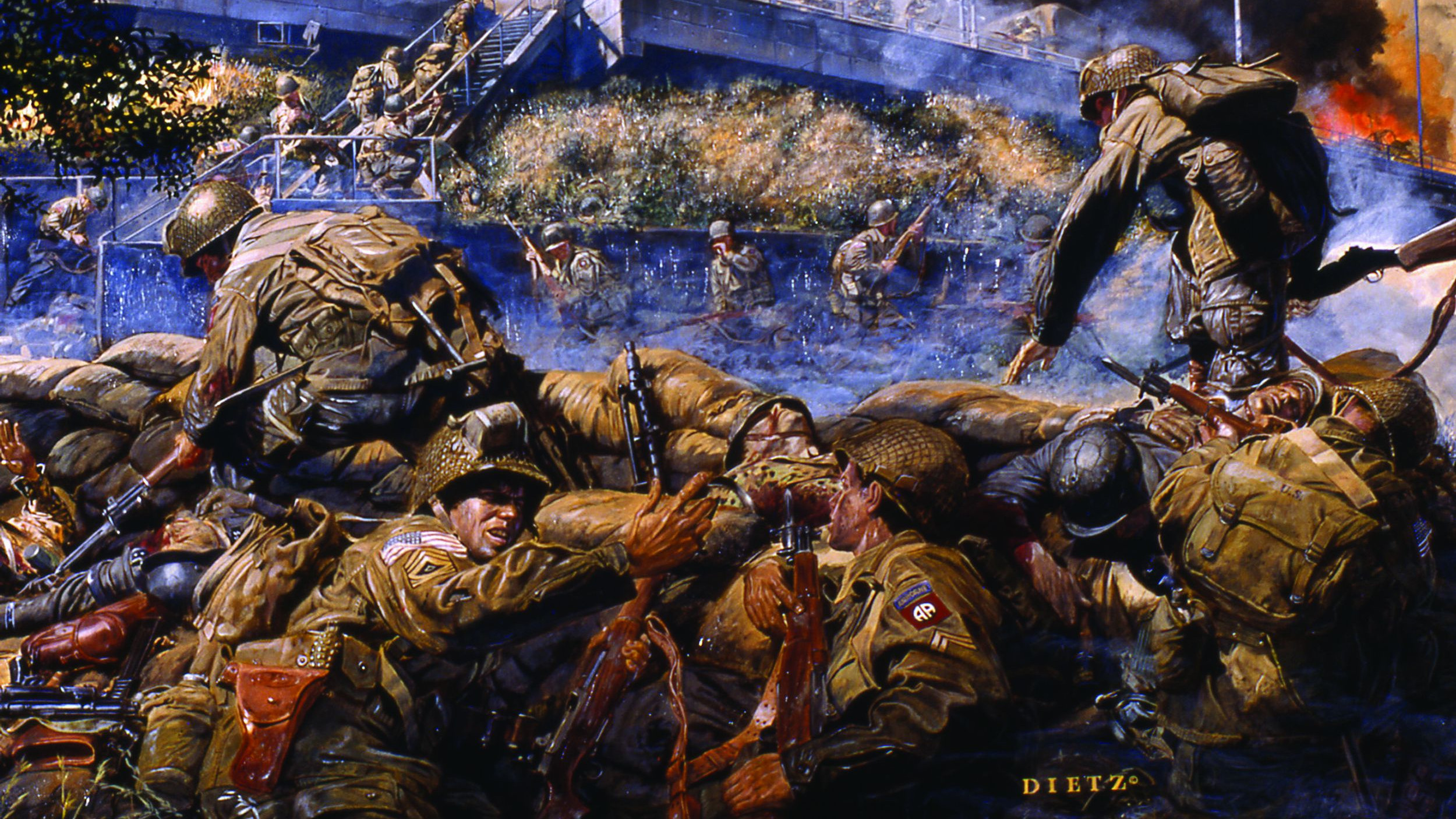
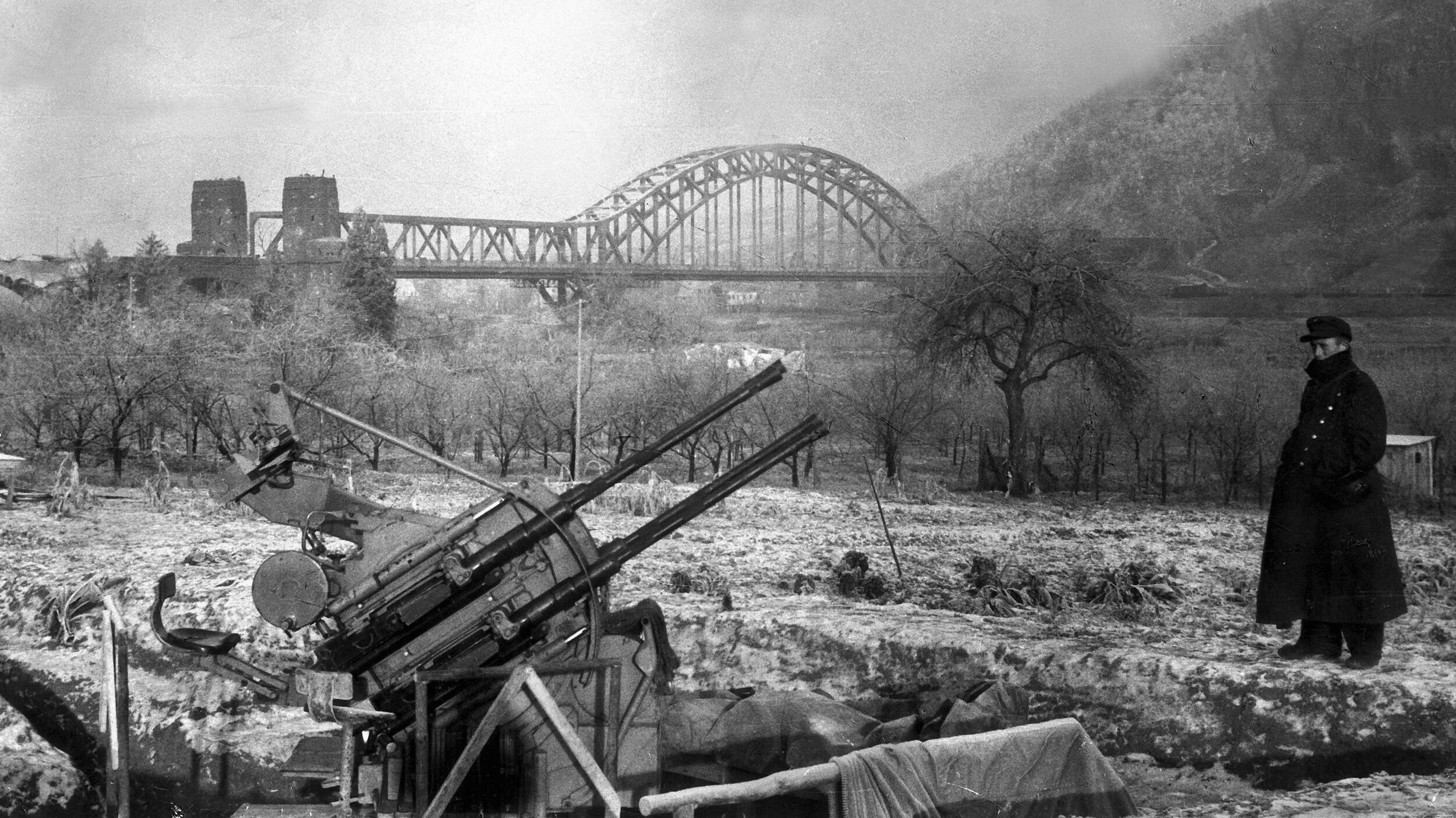
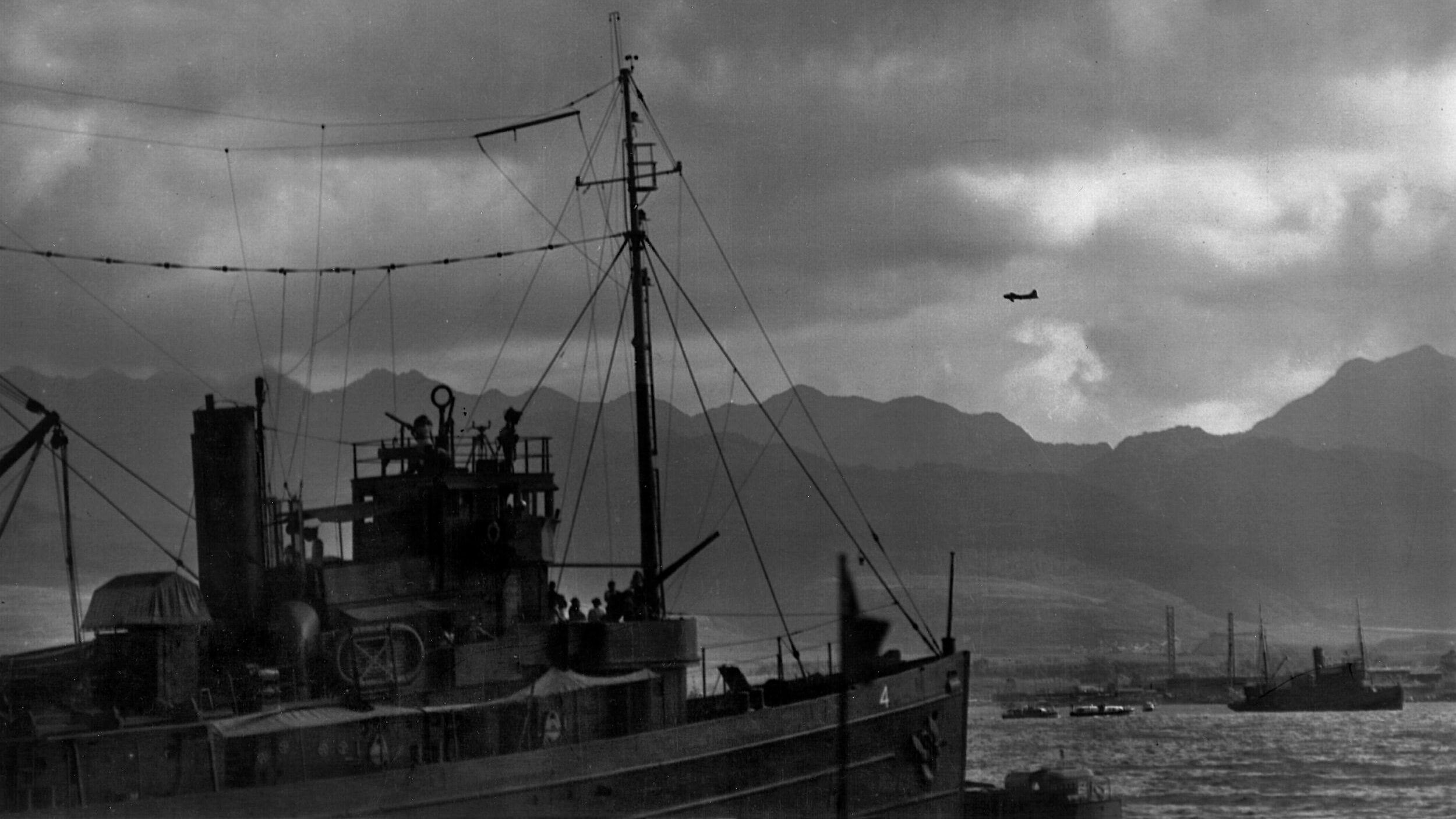
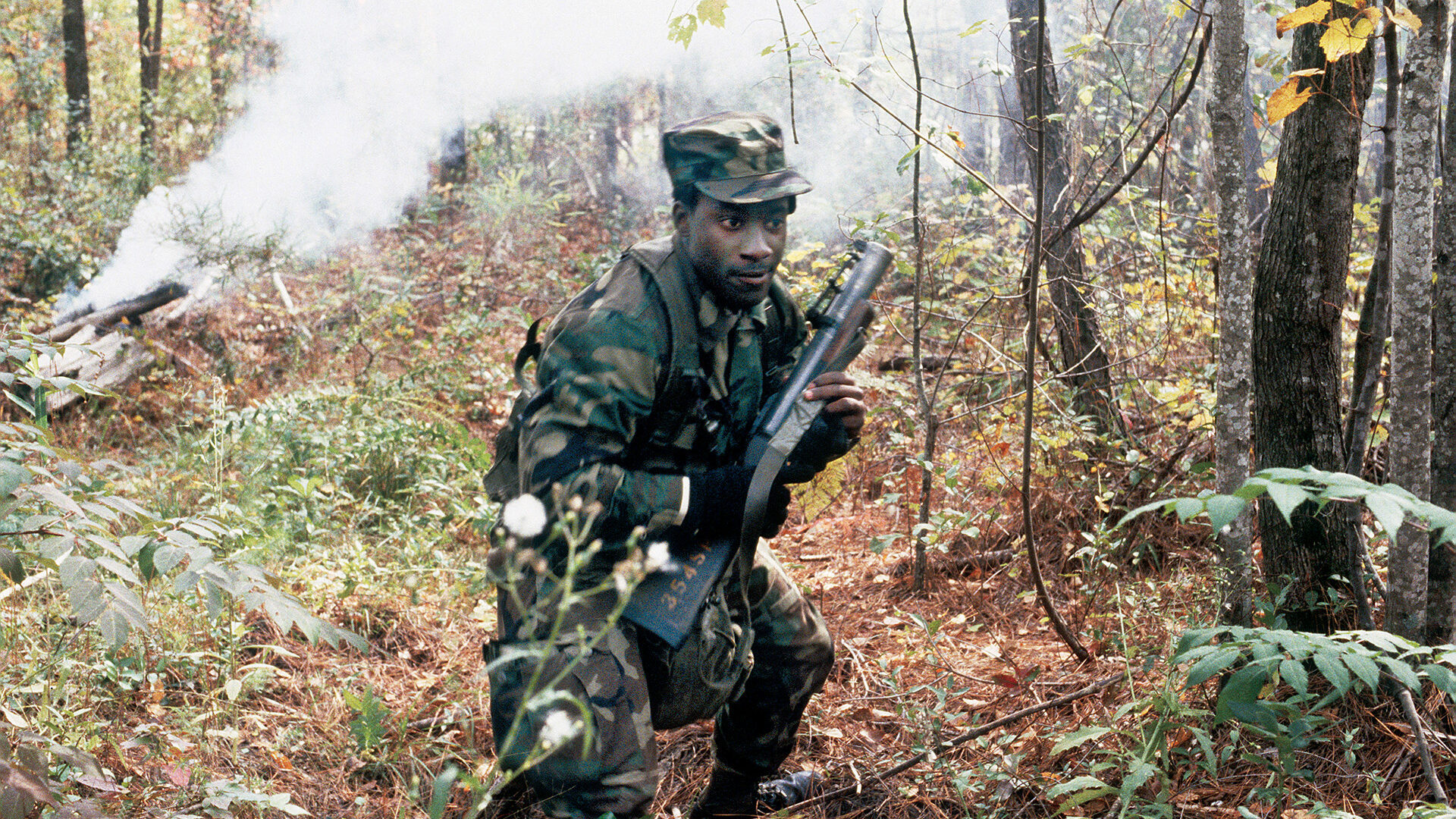
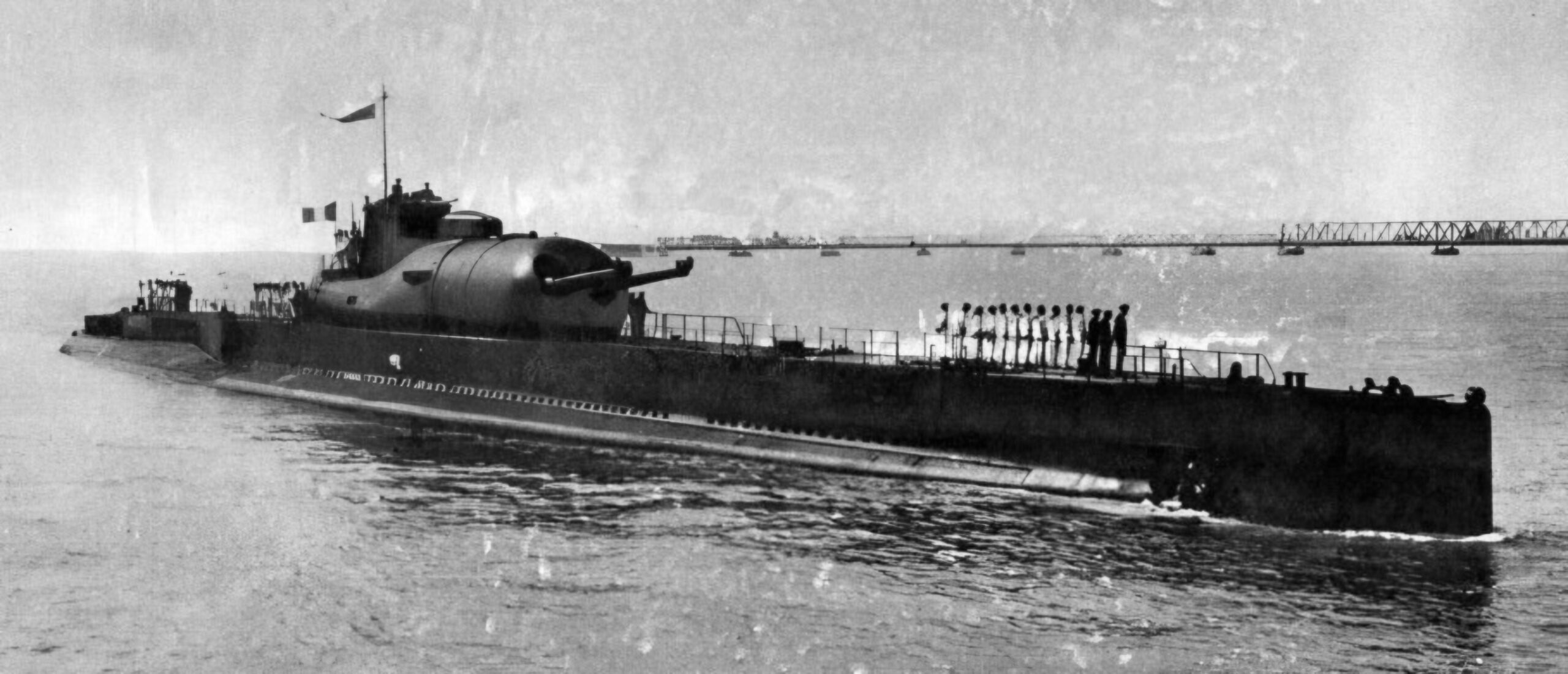
Join The Conversation
Comments
View All Comments